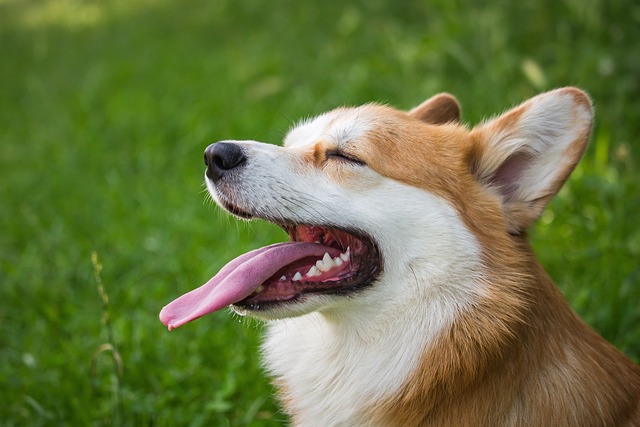
What vitamin is good for dogs' skin
Seeing your dog constantly scratch or noticing dry, flaky skin can make you wonder if a simple vitamin might be the solution.
Ever caught yourself staring at your dog’s water bowl, wondering if those few sips are enough? I did that with my rescue mutt, Leo, when we first brought him home. He’s a 45-pound mix of who-knows-what, and some days he barely touched his water, while other days he lapped like it was a desert oasis. Turns out, there are simple clues to tell if they’re hydrated—no lab tests needed.
Your dog’s body gives clear signals. Start with their nose: a healthy, hydrated pup has a cool, slightly damp nose, not dry and cracked. Leo’s nose gets crusty when he’s been playing in the Arizona sun too long, and that’s my cue to offer water. Then check their gums—press gently with your finger; they should turn pink again in 1-2 seconds. If it stays white, they’re dehydrated, like my sister’s basset hound was after a long hike without water. His vet said that’s a surefire sign, even if he wasn’t panting hard.
Pee color matters too. Pale yellow is good—think lemonade. Dark yellow, like apple juice, means they need more water. Leo’s pee turns dark if I forget to refill his bowl overnight, and he always drinks eagerly when I top it off in the morning. A pro tip: keep a mental note of their potty schedule. A well-hydrated dog pees every 4-6 hours; if it’s more like 8-10, they’re not drinking enough.
Legal and cultural norms tie into this. In California, failing to provide fresh water to your dog can result in a visit from animal control—no exceptions. When walking, pack a collapsible bowl; even a 10-minute stroll on a 70°F day in Oregon makes Leo thirsty. And don’t skimp on those poop bags—cleaning up is part of responsible ownership, whether your dog’s hydrated or not.

Never scold a dog for not drinking. Leo once refused water after a vet visit, scared from the shots. Yelling would’ve made it worse. Instead, I put a splash of low-sodium chicken broth in his bowl and said “C’mon, buddy”—he lapped it up, and trust stayed intact. Positive reinforcement works, even for something as basic as drinking.
Apartment living? Place water bowls in quiet spots, not near their food (some dogs don’t like eating and drinking close together). Use a bowl with a wide base to avoid spills on carpet—neighbors won’t appreciate wet patches in the hall. When taking the elevator, if your dog stops to sniff their bowl, take a breath. Rushing creates stress, and calm dogs are happy dogs.
Your dog can’t tell you when they’re thirsty, so it’s up to you to notice the signs. With a little observation, you’ll keep their water just right.

Seeing your dog constantly scratch or noticing dry, flaky skin can make you wonder if a simple vitamin might be the solution.
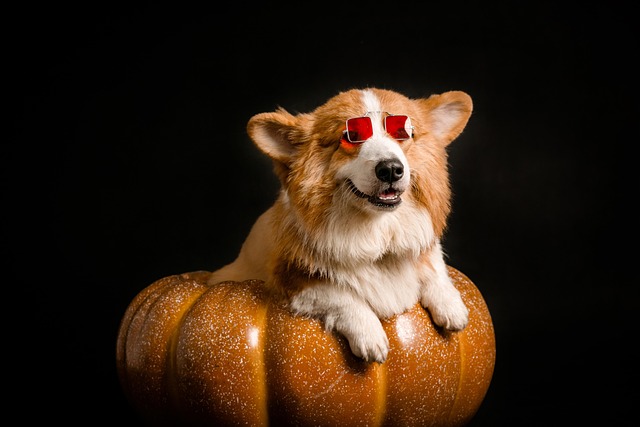
If you’re a new dog parent in the US—maybe you’re sitting on your Portland apartment couch, staring at your 1-year-old Australian Shepherd

If you’re a new dog parent in the US—maybe you’re sitting on your Atlanta apartment floor, holding your 6-week-old Beagle puppy, Daisy, who’s curled up in your lap
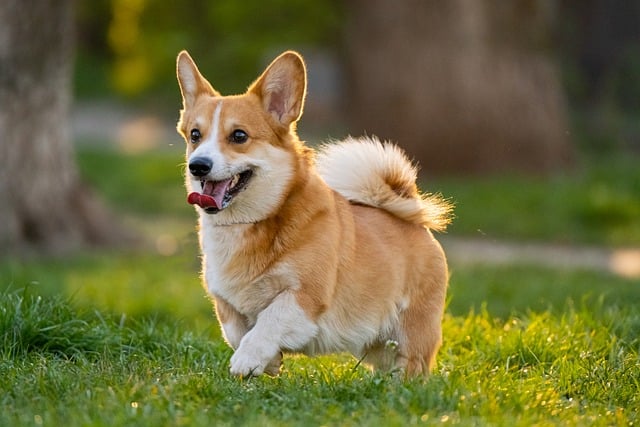
If you’re a new dog parent in the US—maybe you’re standing in your Denver apartment’s kitchen, staring at a bag of high-quality puppy kibble and a bottle
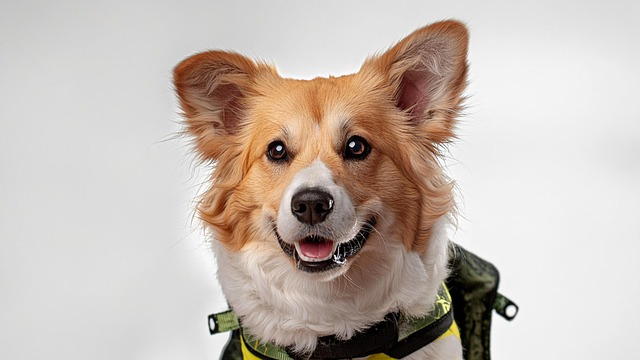
Seeing your puppy grow daily is amazing, and it’s natural to want to give them every advantage, including supplements.
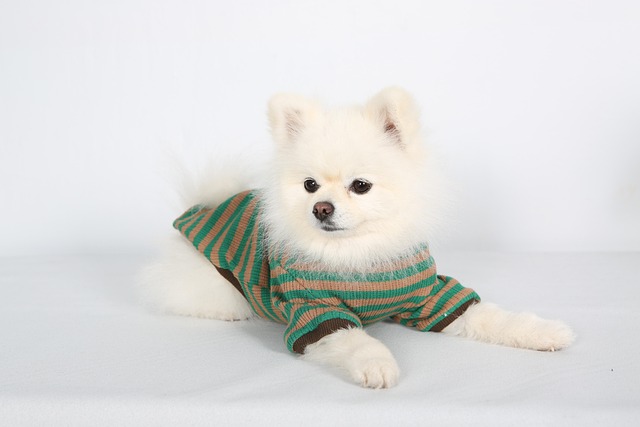
Brown stains on white dog fur aren’t just unsightly—they can also hint at underlying issues like tear duct irritation or poor grooming habits, which matter even more when you’re following local pet care laws.